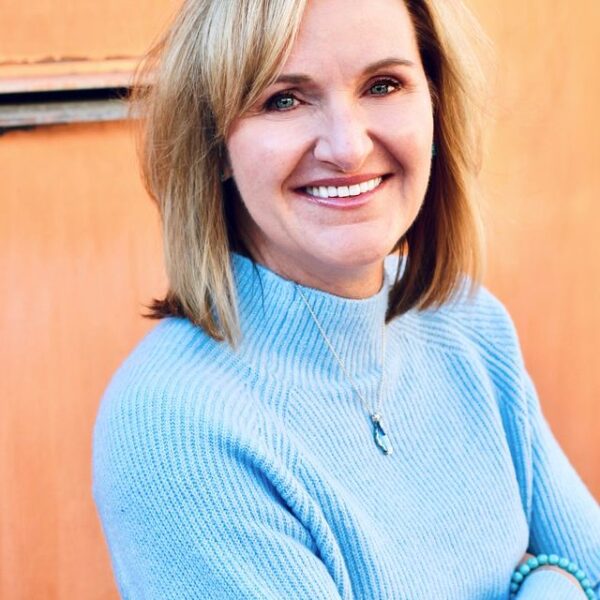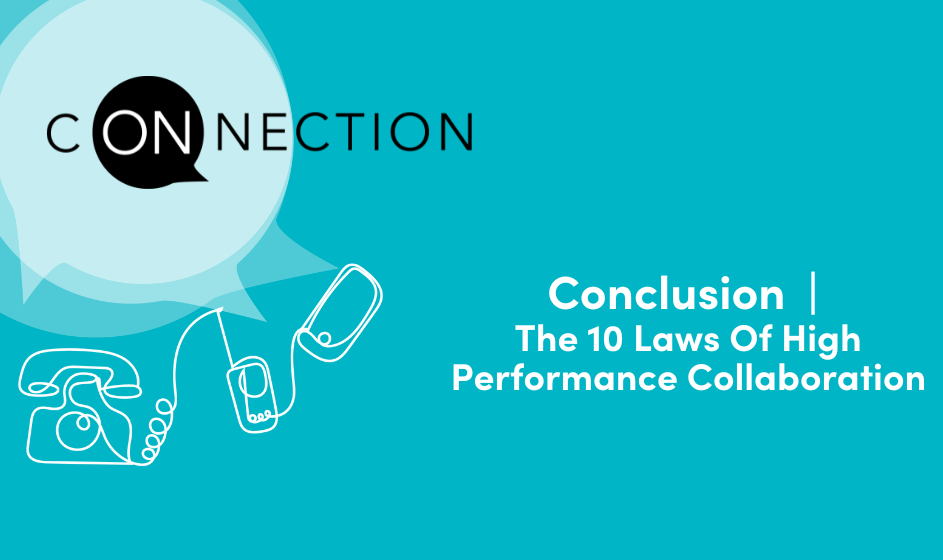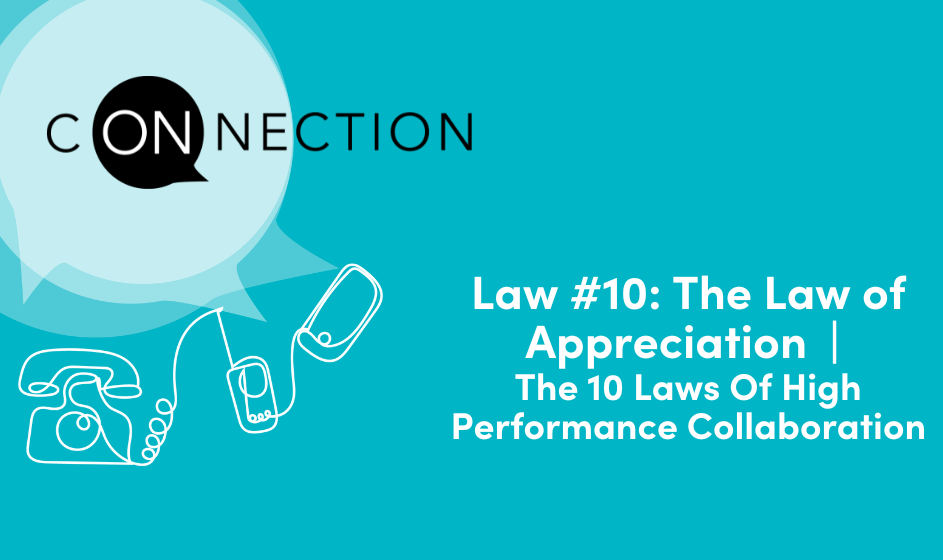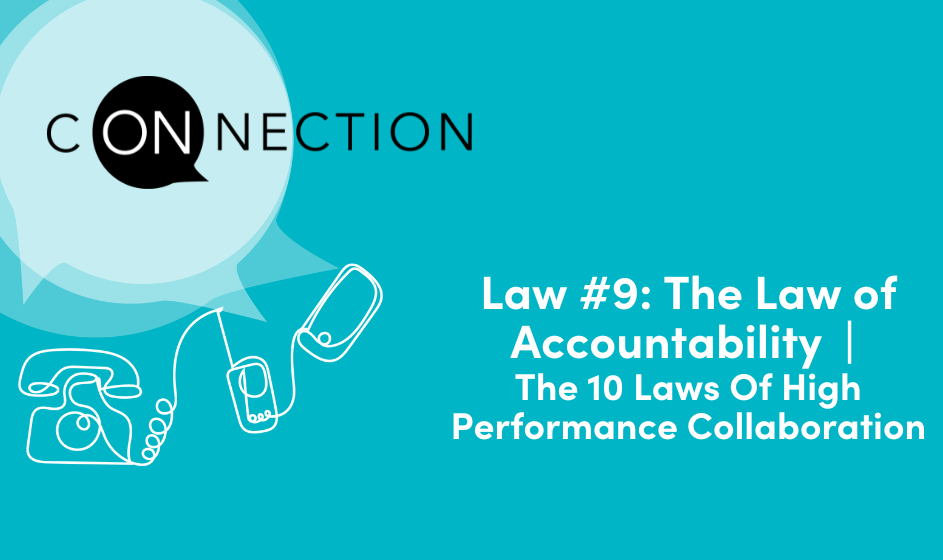When we think about leadership tools, we usually imagine frameworks, calendars, or mindset hacks. But what if one of the most overlooked tools for leadership success is your physical space?
I just had the interior of my home office painted.
Nothing drastic—just a brighter, warmer color. But the shift in how I feel when I walk into the room? Huge. I didn’t realize how much the old, darker walls were weighing me down until they were gone. Now, I sit down to work and feel a lift. More energy. More clarity. More…me.
That experience got me thinking about something deeper: How often do we pause to notice how our environment is shaping our mood—and how that mood is shaping our leadership?
Your Space, Your State: Why Your Physical Environment Is a Powerful Leadership Tool
It’s easy to overlook our surroundings. We get used to the clutter, the lighting, the background noise. But our physical environment constantly sends signals to our nervous system. It affects our energy, focus, and mood more than we realize.
And here’s the leadership twist: our mood is contagious. Every leader sets the emotional tone in conversations—whether they mean to or not.
When you walk into a meeting with calm, humor, or presence, the space opens up. People lean in. Ideas spark. But when you show up rushed, distracted, or tight, people often shrink back. They censor themselves. Creativity and connection suffer.
Hurry, in particular, sends a powerful (and often unintended) message:
“This isn’t safe. There’s no time. Just get through it.”
Leadership Is About Presence
At its core, leadership is relational. Our job isn’t just to deliver results—it’s to connect with people in meaningful ways that allow them to thrive.
But to connect, we must be present. And to be present, we need to notice what’s getting in the way. Sometimes that’s a mindset. Sometimes it’s a physical cue—like a cramped workspace, harsh lighting, or the ever-growing inbox that whispers “you’re behind.”
You Might Not Be Able to Change Everything—But You Can Notice
Now, I can hear you saying:
“Okay, but I don’t have the option to be in a bigger, brighter space. I work in a cubicle. Or at my dining table. I didn’t choose the color of the walls.”
I get it. You may not be able to change your entire setup. But don’t stop reading just yet—hear me out.
I invite you to look around your regular workspace, or set a reminder for the next time you’re there. Pause for just a minute and notice:
- How does this space make me feel?
- What reflects my natural style or personality?
- What brings me a sense of joy—or a sense of tightness?
- Does this space help me feel spacious and grounded enough to be fully present?
Here’s a real example from my own experience: after painting my office, I waited a few weeks before hanging anything on the walls. I wanted to take my time because it felt so fresh and open.
Eventually, I moved my old bookshelf back in and hung up a familiar picture. But as soon as the bookshelf was in, I noticed something surprising: I felt tight again. The clutter was distracting me. It wasn’t aligned with the mood I wanted to bring into my work.
So I moved it back out. Just that subtle change—removing one piece of furniture—helped me
create a calmer, clearer space. Yet another reminder: our environment affects our presence.
What We Do With Leaders
At Conversant, in our work with leaders, we’ve found that one of the most important—and often overlooked—differentiators of strong leadership is presence. We see presence as a critical skill that can be learned and we infuse this into all of programs and coaching.
We define presence as physical, emotional, and cognitive: how we show up in our bodies, what state we’re in emotionally, and how clearly and attentively we’re thinking.
We help leaders identify what gets in the way of being purposefully present—whether it’s mental noise, emotional reactivity, or environmental distractions. Presence isn’t just about mindfulness—it’s the foundation of both effectiveness and well-being.
We believe that all improvement starts with what is present. Just like I couldn’t improve the feel of my workspace until I paused to notice what it was actually causing in me, leaders can’t grow unless they become aware of their current state, surroundings, and behavior.
Leaders who adopt practices that feel authentic and sustainable—things they can be reliably consistent with—are better able to connect with themselves, their teams, and the purpose they’re working toward.
On the flip side, leaders who overlook subtle cues—like an uncomfortable chair or a constant flood of digital pings—often experience ripple effects they never intended.
An example: it might seem minor, but when I’m physically uncomfortable in my space, I’m much more likely to feel distracted or reactive. But when I minimize environmental distractions, I’m more likely to think clearly and feel steady, and that shift in my presence changes everything about how I lead.
SPACE Framework: A Presence Check-In
Being purposefully present doesn’t happen by accident. It requires intention — and reflection. Here’s a set of questions that can help you check in — quickly, quietly, honestly — and adjust how you show up. Whether before a big meeting or in the middle of a busy day, this can help you upgrade your presence.
S — Surroundings: What’s happening in your environment?
- Are you in a space that supports clarity and connection, or one that creates distraction or tension? Even small shifts in your environment — light, sound, clutter — can change how you show up.
- Ask yourself: What in my environment is supporting my presence — and what might be undermining it?
P — Physical: What is your body telling you?
- Are you holding tension? Are you rested? Hydrated? Breath and posture can influence emotional regulation and focus more than we often realize.
- Am I physically grounded and at ease — or am I rushing, tense, or distracted?
A — Affect (Emotion): What mood are you in and how is that mood shaping your leadership?
- Our emotional state is contagious. Leaders set the emotional tone in a room. Becoming aware of your emotional presence helps you lead more intentionally.
- What am I feeling right now? How might that feeling be impacting others?
C — Cognition: Where is your mind?
- Is your attention split? Are you ruminating on the past, racing ahead to the future, or available right here? Presence starts with noticing where your focus actually is.
- What am I thinking about — and is it helping me be present in this moment?
E — Energy: How full is your tank?
- Are you energized, depleted, or somewhere in between? Leadership takes energy, and sustaining presence requires awareness of your own capacity.
- What’s my energy level right now — and what’s one thing I can do to replenish or protect it?
Final Thought
Being intentional about your environment is more than just aesthetics—it’s a valuable leadership tool. The energy you bring into a room sets the tone for everything that happens in it. Leadership doesn’t live only in your calendar, your 1:1s, or your strategy decks.
It lives in how you show up—in body, in mind, and in the room.
So take a look around and look within. The mood you carry might be shaping more than just your day—it might be shaping your team’s future.
About The Author:
Krista Spence
Executive Coach, Senior Consultant
Krista brings over 20 years of leadership experience to her role as consultant and executive coach. Her first-hand experience working and leading teams in fortune 500 companies in financial services and retail industries contributes to her strong understanding of the challenges leaders face today. As a senior leader of organizational development and talent development functions in global roles, she has focused the majority of her career on leadership and team development.





